There’s no shortage of photos on these pages of rundown old towns and resort spots. Such decline, however, isn’t only found in the country’s more rural areas, as Japan’s changing demographics mean more and more municipalities are slowly beginning to fade away.
Imabari in Ehime prefecture is one such story. It gained city status in 1920 and over the years gradually grew in size, but the population has steadily fallen since 1980, with the number of residents now down about 25 percent from that nearly half-century ago peak. A trend that will likely see the number of residents fall back to the city’s formation levels in the not too distant future.
All that said, such changes aren’t overly visible around the station area, but take a short walk and it’s all too evident what was, and now what is. An area where the people were lovely, but the number of empty properties quite prophetic — a situation perfectly summed up by the friendly button and sewing shop owner who kindly stood outside her family store for a portrait. It has been in operation for 75 years, and despite taking the business on as a second generation proprietor, the lady is resigned to being the last. And when the day eventually comes to shut up shop for the final time, the building will be unceremoniously locked up and left empty like the ones that already surround it.



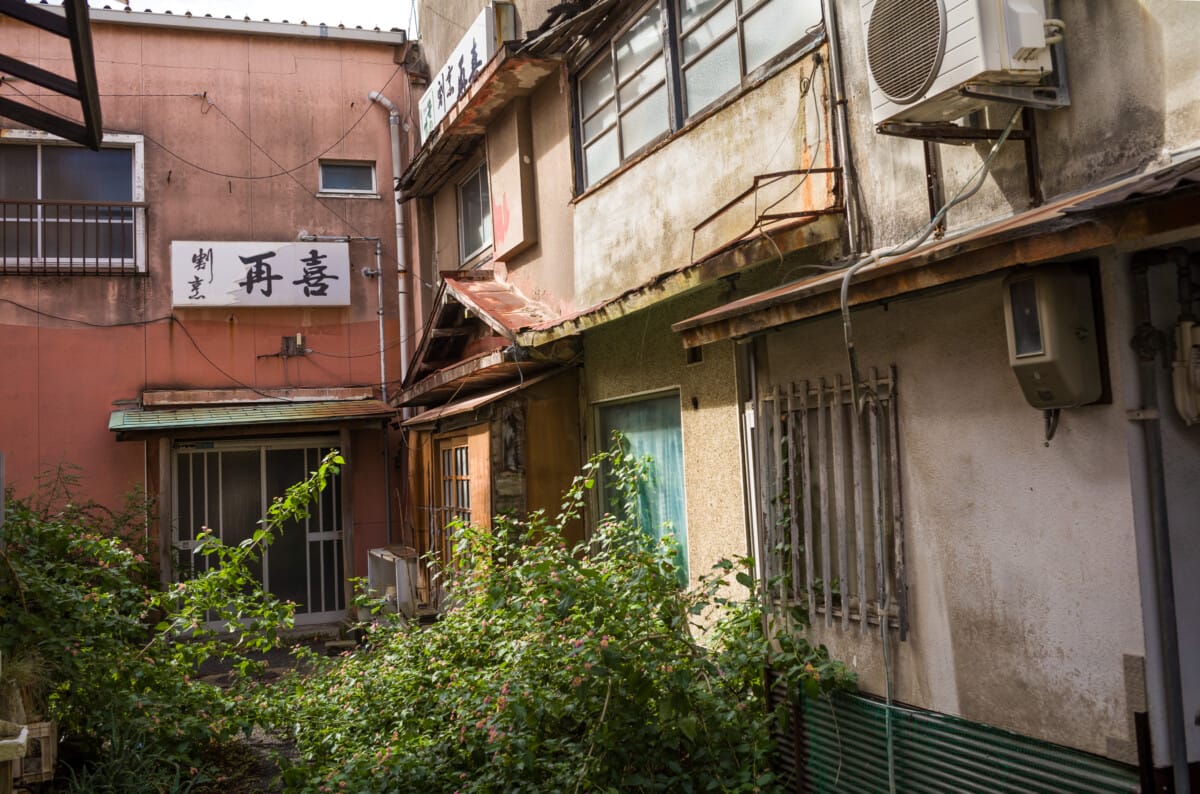
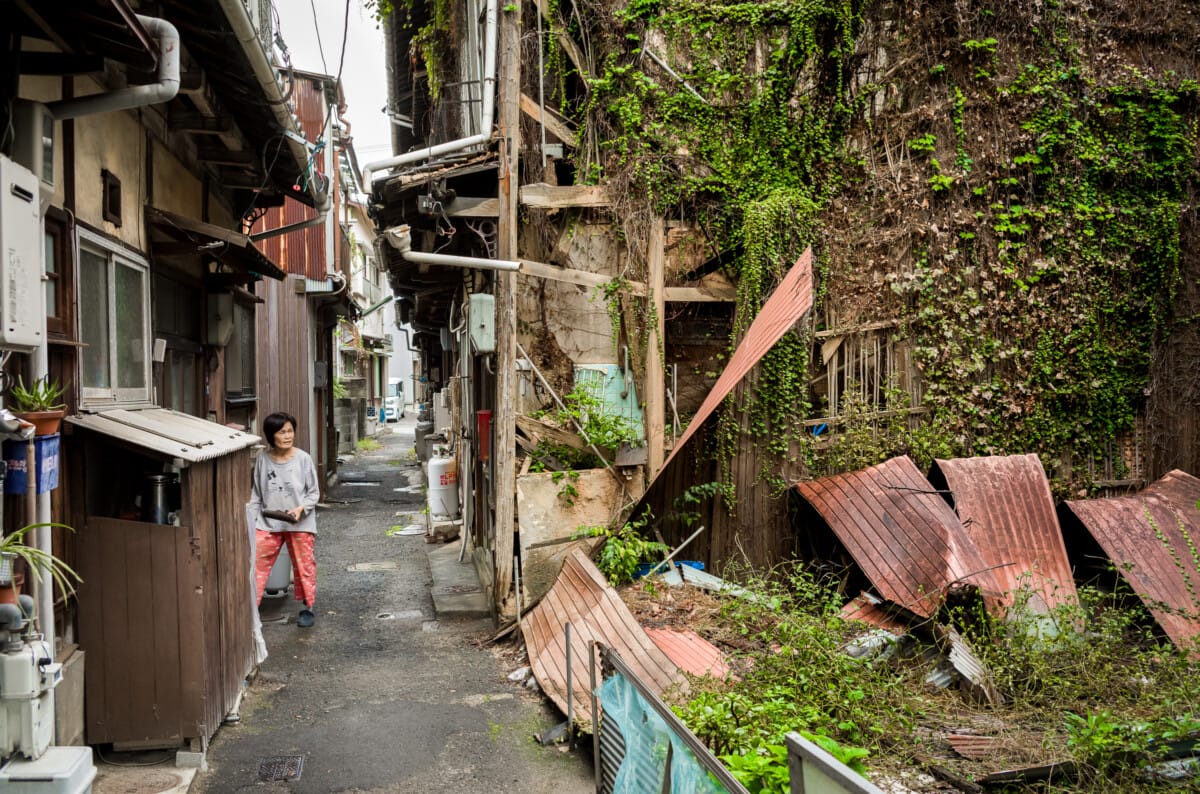
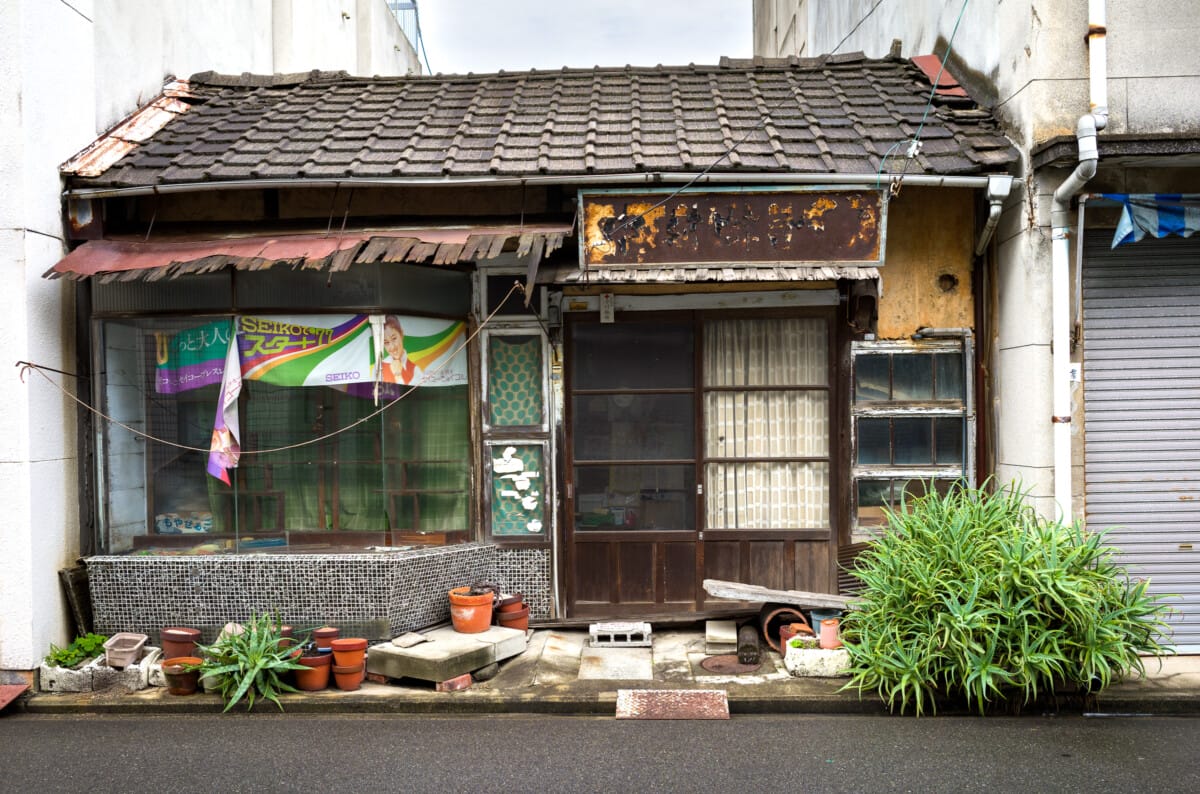

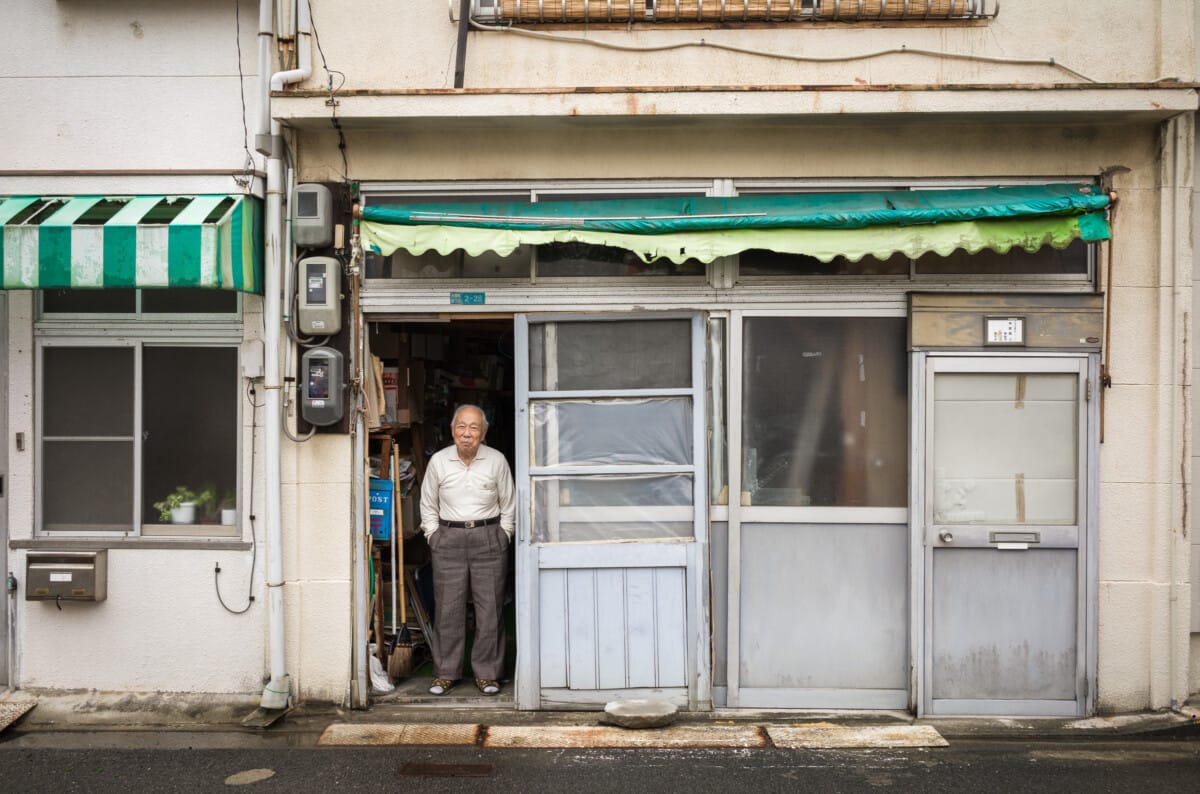
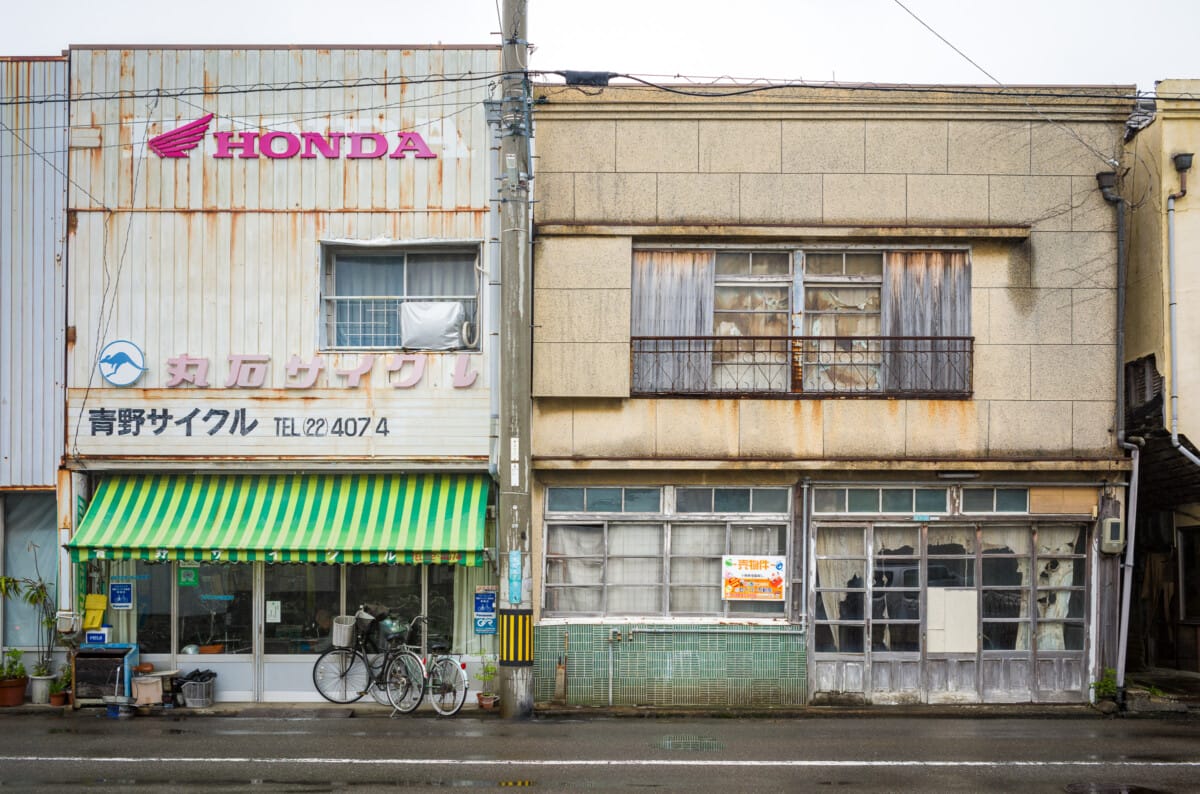

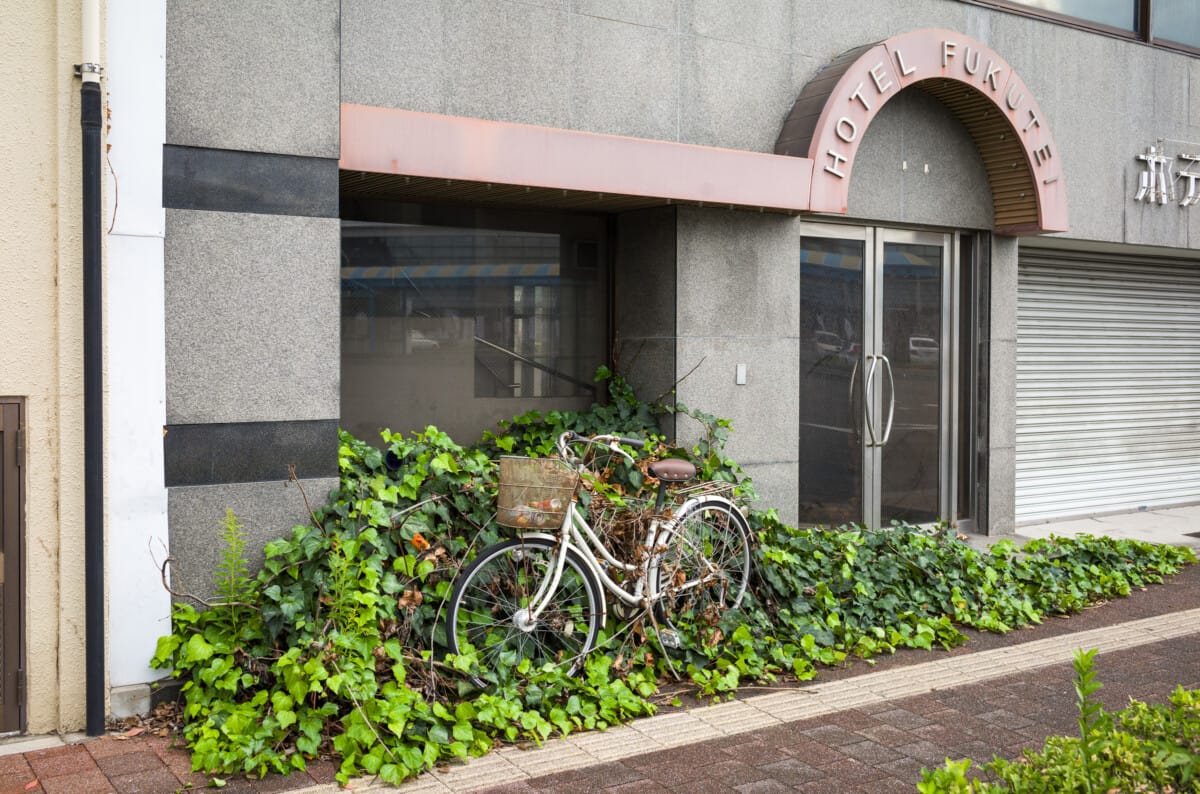
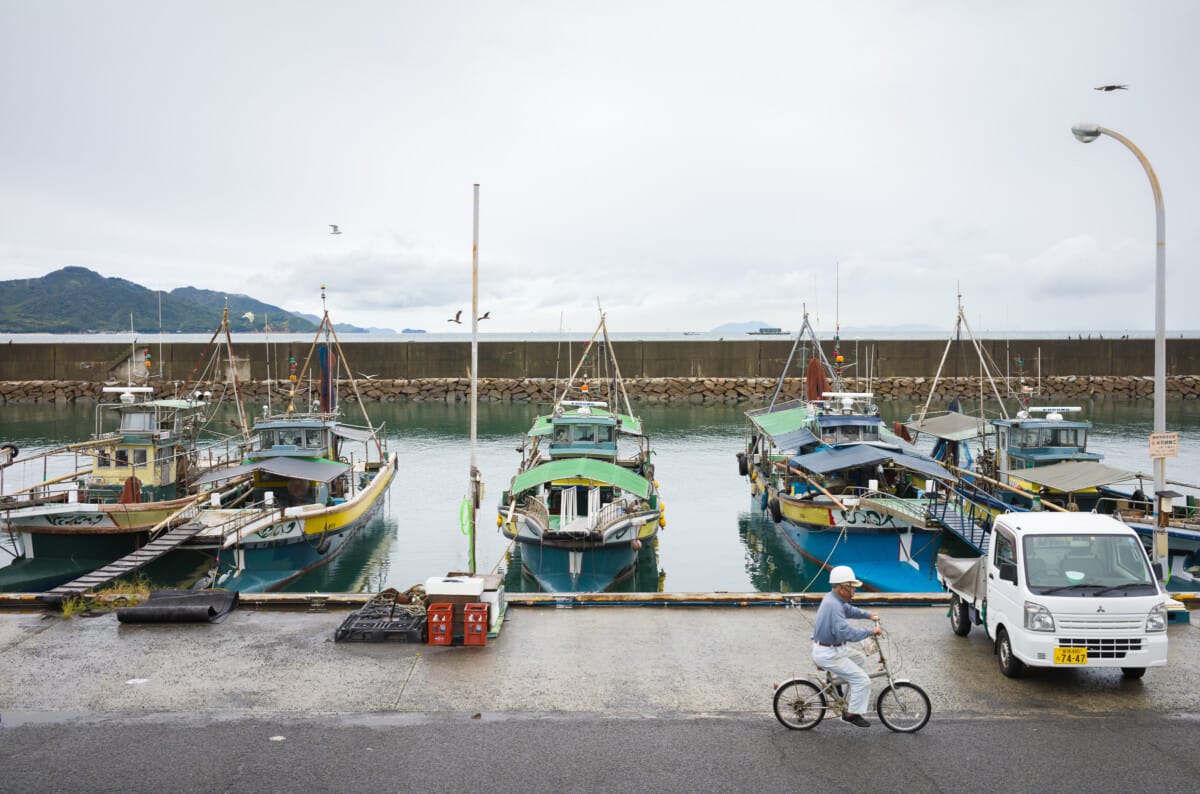
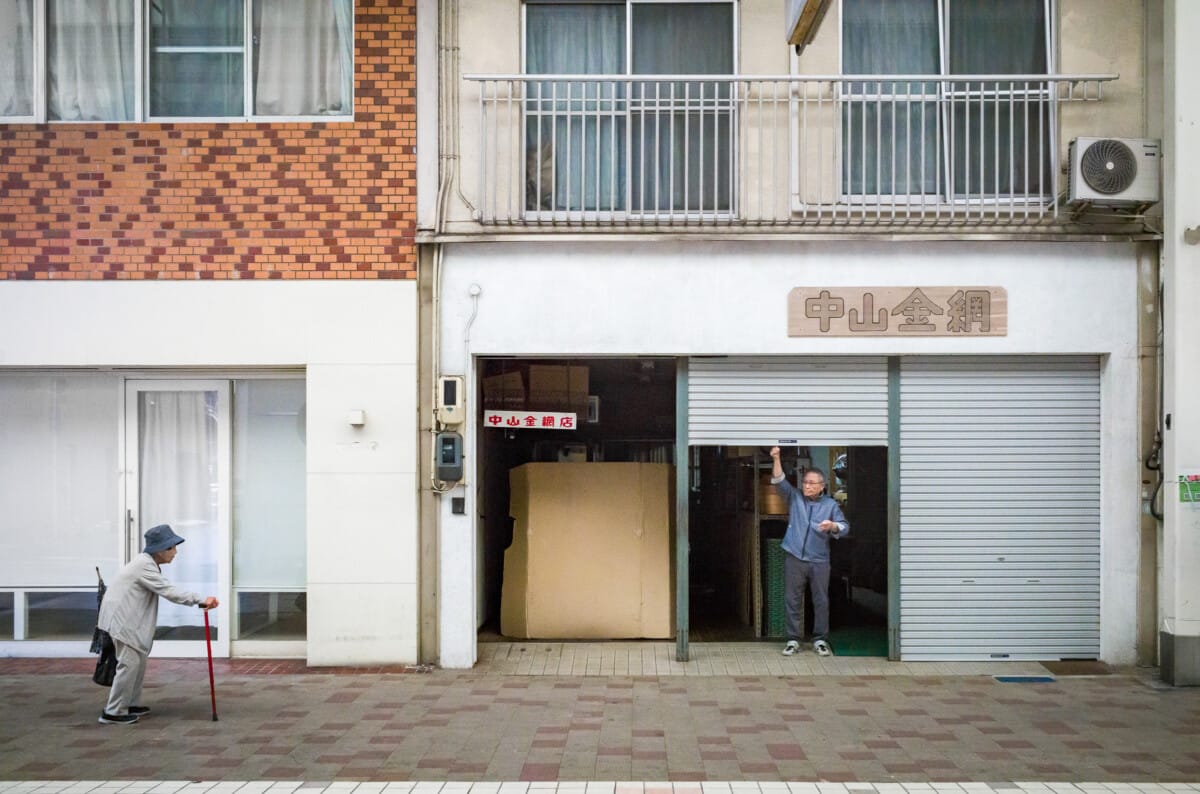
YesterdaysHero says
These are excellent Lee. I particularly like the addition of the store owner. Her story adds so much to the series.
Lee says
Thanks a lot. It was really nice to take her portrait and hear the shop’s backstory. Stepping side was genuinely like stepping back in time.
Richard says
Poignant and forlorn!
Lee says
Yes, definitely huge elements of both.
Matthias says
Strange how a nice seaside town is losing residents… is there nothing to keep younger people? No jobs? A lack of opportunities makes my hometown slowly disappear as well – it is also a port town …
Lee says
Not sure about the job front, but the population stats suggest that whatever the city has, it’s not enough.
Definitely not just a Japan thing, but so many towns and cities here are going the same way. A perfect storm of an ageing and declining population, with very understandable urban migration thrown in as well.
Brian says
Besides the loss of populations that most of the entire country is experiencing, the opening of the Nishiseto Expressway in 1999 fundamentally changed how people travel, where they live and where they shop. The large Aeon shopping centre and other large chains near the Imabari exit have taken all the business away from mom and pop shops in little corners of the city.
The area around the exit and national route 196 looks like a boom town in some respects. Across the nation, shopping areas not on a major route with access by car look like abandoned towns on the old Route 66 in the US that were bypassed by the Interstate highways.
Lee says
Thanks a lot for the extra info. That’s really interesting and something I knew little about. Definitely not just a Japan thing, but those badly thought out developments have clearly and unnecessarily hastened decline.
Denise says
I love the lady standing proudly outside her store. It’s so poignant.
Lee says
Thanks a lot. Really pleased I got to take her portrait and have a little chat. And yes, very poignant.
Andrew H says
Colours of the Seiko banner in picture 6 are surprisingly vibrant considering it appears to be from 1977!
Lee says
I know eh? Also interesting how just a bit of it is outside, whereas the rest is behind the glass.